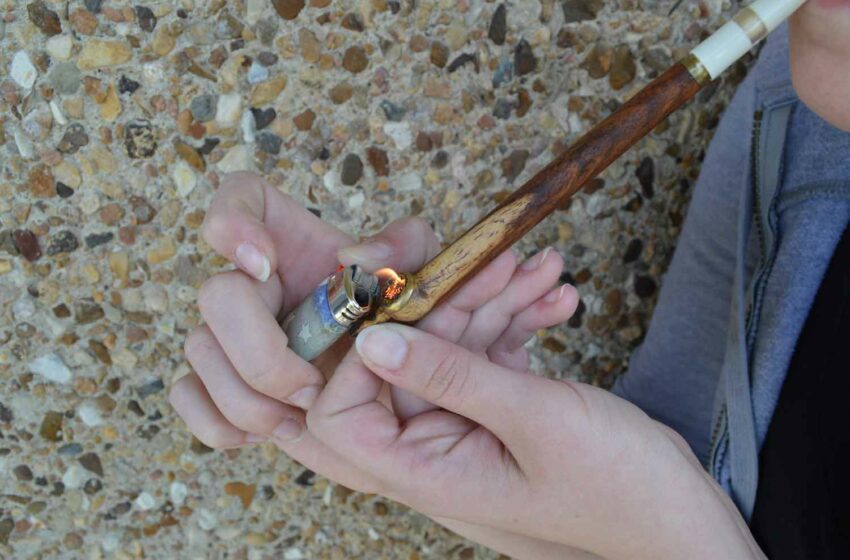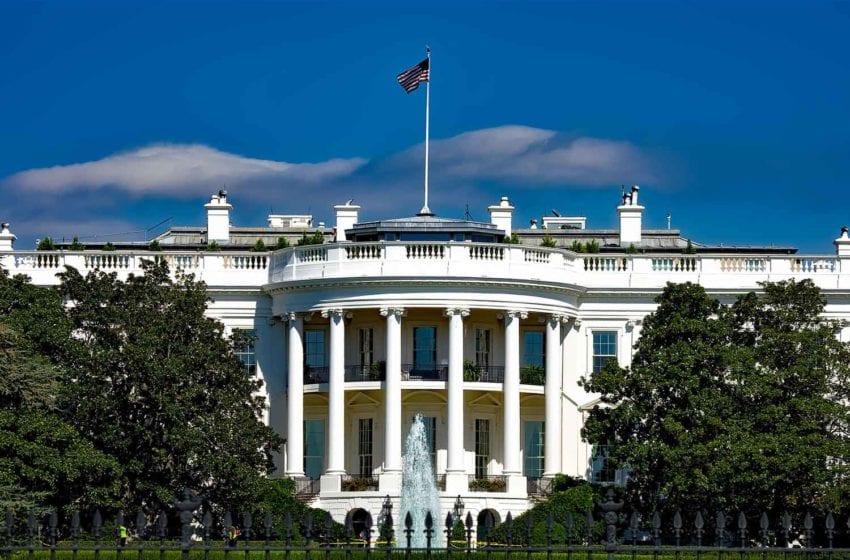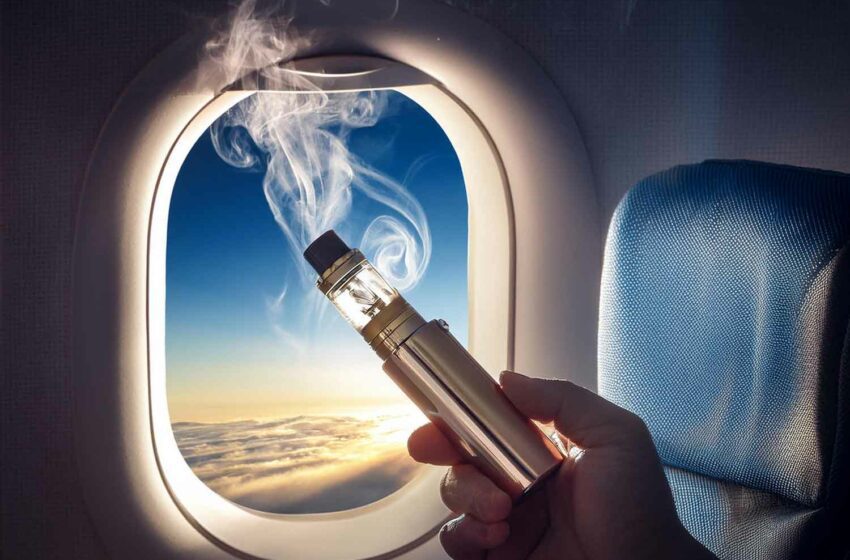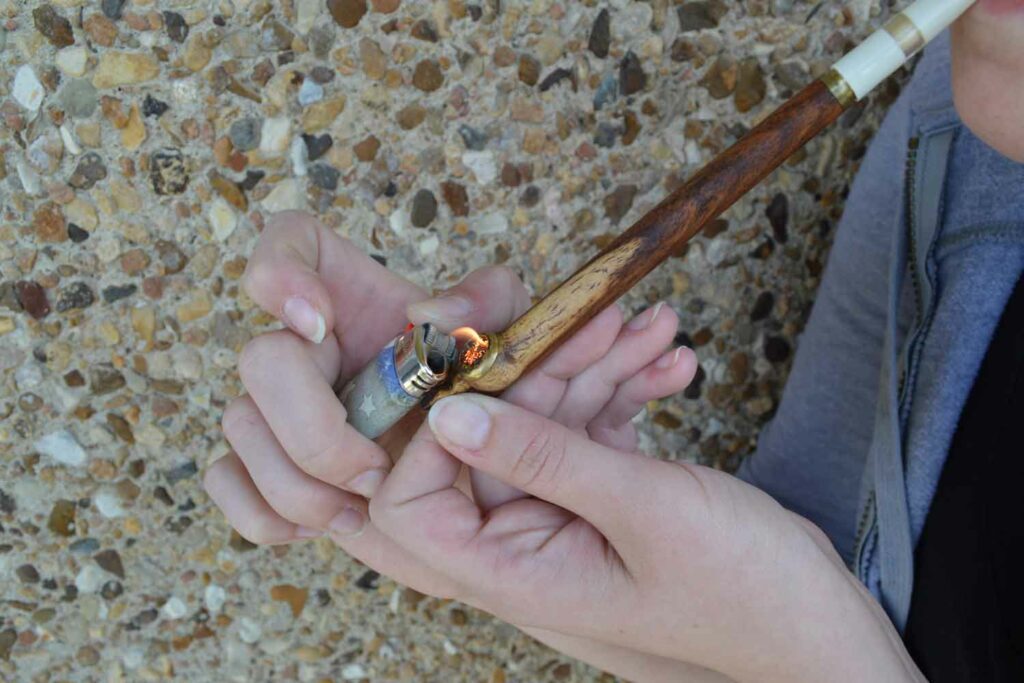
A traditional Arabic tobacco that has been cultivated and smoked in the Middle East for more than half a century, dokha is making a global comeback.
By Timothy S. Donahue
Its origins are as mysterious as the Middle East itself. Some claim coastal Arabs invented both the small pipe, called a medwakh, as well as the traditional dokha tobacco smoked in it. The Iranians, who occupy modern-day Persia, believe they were the first to use the pipes and the original herbal (nontobacco) smoking mix. The truth is, it’s hard to say where dokha got its start, as dokha has never really been sold commercially until the past two centuries.
“People used to grow dokha for their own consumption and smoke it through the bones of small animals,” says Behzod Jamolov, business development executive for the Bin Khumery Group (BKG) in the United Arab Emirates (UAE). “However, dokha only began to be considered a trade item about 200 years ago in the territory of the country that is now called Oman.”
By most accounts, dokha originated in the Gilaki area of northern Iran in the 1400s or earlier. The medwakh was ideal for sailors to use while at sea, and the pipe gradually made its way up and down the Caspian Sea. As tobacco was introduced into the Middle East in the 1500s, the Iranian nontobacco smoking mixture was fortified and eventually replaced with various blends of dokha tobacco.
During the next few hundred years, the Ottoman Empire attempted to outlaw tobacco smoking, which ironically increased the popularity of dokha tobacco and the use of the medwakh among Arabs. The small, inexpensive pipe and potent, easily cured dokha tobacco became the ideal covert smoking method. Strong spices conceal the smell of the tobacco. Such a small amount is smoked at a time that very little secondhand smoke is produced, allowing users to avoid unwanted attention. In an emergency, the inexpensive pipe and small amount of tobacco could simply be dropped and walked away from without incurring much loss.
As the prevailing views on tobacco gradually relaxed, hookah smoking became the preferred method for consumption in the Middle East. The popularity of dokha waned, except with the sailors who found it impractical to smoke a hookah at sea. The medwakh and dokha also remained popular in the coastal areas where the sailors traded and eventually settled. This is why these days dokha is found almost exclusively in the UAE, home to the Middle Eastern sea trade and Arab sailors for the past 1,500 years or more.
Today’s dokha is 100 percent tobacco, with no chemical additives, preservatives, pesticides or herbicides, according to Bassem Chahine, owner of the U.S.-based Medwakh.com, the first company to bring the ancient smoke to the Americas.
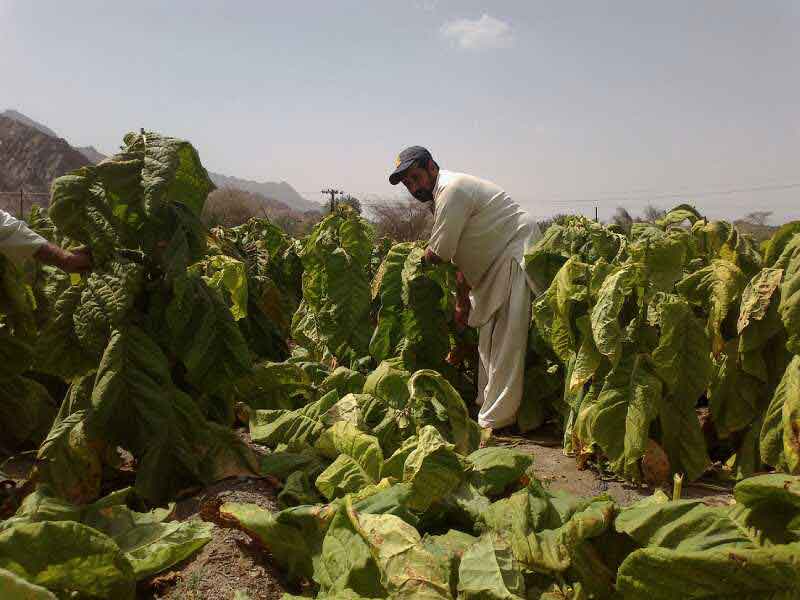
A unique blend
Dokha is a Nicotiana rustica strain found only in the Middle East Gulf region. It is extremely high in nicotine. Dokha is not harvested and cured like Virginia tobaccos, but is instead cut, transported, set to dry in the sun and processed into various blends—all in a span of mere days, or, at most, weeks, according to Chahine. “This expedited process is possible, of course, because dokha is cured and processed in areas where the daily temperature can easily reach over 135 degrees Fahrenheit with a humidity of less than 7 percent,” he says. “This proprietary drying process arrests any fermentation, freezes ammonia levels and is what imparts the unique dokha flavor and the major laf raas [literally: head spin] to dokha tobacco.”
Unlike hookah tobacco, dokha is not cured with molasses or honey. Behzod says cultivation is a time- and effort-consuming process. “Dokha seeds are planted into the high-quality field that is irrigated with only fresh water,” he says. “It’s an annual crop, which is usually harvested by hand.”
According to Behzod, dokha was previously made of one type of tobacco that was separated into cold and hot categories. Now, however, BKG is using more than five types of tobaccos from its plantations in Oman, Iran and the UAE. “All these tobaccos were grown under different sunlight conditions that make the flavor of the particular blend unique. Also, when tobacco is grown, there are top leaves that gain more sunlight and middle and bottom leaves that gain less sunlight, each of them are separated and used for a particular flavor,” he says. “As result, we are gaining more than 50 blends of dokha.”
Dokha comes in two types, the traditional nonflavored and the modern flavored blends. The flavored blends fall into two general categories, savory and sweet/fruit. The traditional flavored dokha blends are mostly savory, though they are flavored lightly with a wide variety of spices, herbs and dried flowers—all used to enhance the very distinct flavors and notes of the different dokha tobaccos. The more modern, flavored dokha blends are patterned after hookah tobacco and are heavily flavored with fruit, mint or clove to cloak the actual tobacco taste and soften the harshness.
Dokha comes in hundreds of strengths, flavors and brand names. The most commonly available strengths are barid, daffi and har—cold, warm and hot, respectively. Many vendors also offer moderating strengths in these three ranges, such as “over-cold” or “extra-hot.” These designations refer to the harshness of the tobacco, not necessarily the level of buzz a blend may impart.
The buzz is what makes dokha special. The tobacco gives users a stimulating and comforting laf raas when smoked. The high is impacted by the blend of the tobacco, says Chahine. Generally speaking, the harsher (warmer) a blend, the more buzz it may impart, but there are many warm and over-warm blends that are specifically developed to give the user a maximum effect. “One puff of dokha is more than enough to satisfy a consumer, unlike other types of tobacco where a gram or more of tobacco is needed,” he says.
The bowl of a medwakh is much smaller than that of a traditional Western tobacco pipe. Consumers usually fill it by dipping the pipe into the container of dokha and slowly spinning it until loaded. The pipes are made of various materials such as wood, bone, base metal, marble, steel, gold, silver, plastic or glass. A medwakh holds about a fingernail’s worth of tobacco—all that’s needed for each session. “Most people smoke less than 10 grams of dokha [the equivalent of four tobacco cigarettes] per week,” says Chahine. “The average Western cigarette smoker consumes about 15 cigarettes per day.”
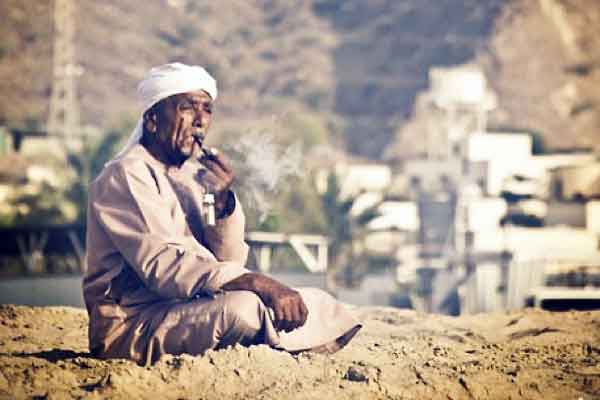
Traveling abroad
Smoking dokha outside the Middle East was a rarity until the 21st century. BKG was established in 1987 by a small farmer with a strong desire to provide the highest-quality dokha. At the time, it was a small shop with only few blends of dokha and some wooden pipes. The company now has almost 200 employees. In 2003, BKG began selling dokha on the international market. Following a surge in dokha demand within the UAE, the company expanded by setting up divisions in Oman, Qatar, Saudi Arabia, Europe and the U.S.
“We used to sell our dokha to a few companies who packed them under their brand with the writing Bin Khumery dokha,” says Behzod. “After a certain period of time, we noticed that some of those companies were selling product that was not the one we were sending them; they were mixing some very low-quality dokha and selling it with our name, thereby damaging our reputation. As a result, we came up with idea of Turbo, the best-quality dokha on the market and always consistently the same. The Turbo brand consists of 19 blends of dokha, four types of medwakh, five types of filters and two types of pipe cleaner.”
In 2006, after Chahine’s father brought his family to the U.S. from the UAE, he soon realized there was no reliable source of dokha in his adopted home country. While operating a hookah lounge, Chahine began to notice how Arab students would share and smoke any dokha they somehow had managed to bring from their homeland. Alert to opportunity, Chahine traded an old Playstation game console with a friend in the UAE for three 1.5-liter bottles of dokha.
In November of 2009, Medwakh.com went online, becoming the first company to establish a legitimate online presence for dokha sales. “Within three minutes of going live, we made our first sale,” says Chahine. “We were floored.” The success of Medwakh.com has snowballed from there.
The company started with three types of unflavored dokha and today imports and manufactures more than 200 types and flavors under three different brand names: Medwakh.com, Nirvana Dokha and Something Girlie Dokha. “Having seen how popular dokha was when anyone had any to share in our hookah lounge and how interested our American customers were in it, I was absolutely sure there was a market for it here,” says Chahine. “My family has been involved, one way or another, in the tobacco business in the Middle East for at least five generations.”
Having that family history, and growing up in the UAE, eventually allowed Chahine to secure a reliable supplier. The company now buys its dokha directly from farms in the UAE and Oman through annual contracts.
Behzod says the demand for dokha in the international market is gradually growing, but BKG is focused mainly on the Middle East and some European countries at the moment. “However, we are ready to supply countries that are interested in our products. It is vital for us to grow organically to sustain the unique quality of the product,” he says.
Over the last few years, dokha has exploded onto the U.S. market, says Chahine. When the company started, its employees kept track of geographical sales by pinning pins onto a map. They quickly ran out of space though; within 18 months, the company had sold to all 50 U.S. states, 70 countries and six of the seven continents. To date, the company has sent dokha to more than 125 countries. Medwakh.com sold a little more than $300,000 worth of product in 2010. In 2014, the company expects to easily exceed $3 million in gross sales.
“We’ve been concentrating on building a wholesale/distribution network for the last year or so, and I’ve been advised that we will double our 2014 sales in 2015,” says Chahine. “In 2010, I worked out of half of an office in my house and literally did everything myself. Today, we have 28 extremely dedicated employees, a 3,500-square-foot warehouse, a shipping and manufacturing facility, a corporate office with a phone-sales staff, a half dozen proprietary retail outlets, 45,000 unique online retail customers and over 500 wholesale/distribution customers. We will import between 2,500 and 3,000 kilos of raw dokha this year.”
In contrast, Behzod said that BKG could not disclose its financials, although he assured Tobacco Reporter that BKG is the largest dokha producer in the UAE, as well as in the world. “We are a family that is built of competent and dedicated employees with the skills to maintain the quality of the products, dynamic growth and corporate culture of the company,” said Behzod. “Our Turbo dokha is a combination of traditional farming skills and unique blending technologies that allows us to produce a superior product for the UAE and the international market.”
Medwakh.com says it is now the world’s largest online supplier of dokha, and by the end of 2015, Chahine says the company will be the world’s largest dokha supplier overall. “All it takes is for someone to whip out their medwakh at a public event and light a bowl of dokha, and a crowd of people will soon gather and ask, ‘What’s that?’ and the all-important, ‘Where do you get it?’” says Chahine. “By the end of the summer, we’ll have distributors in the U.K., Germany, Russia, Argentina, Norway, Ukraine, Turkey, and who knows who’ll be calling tomorrow.”


